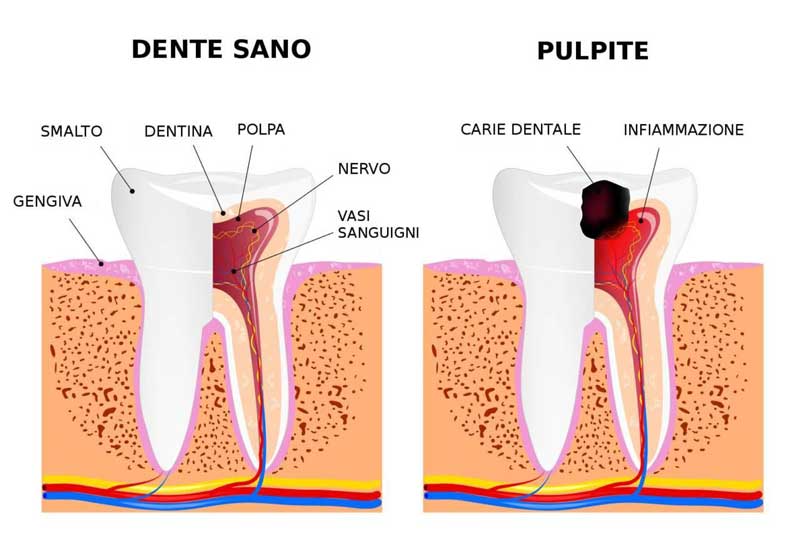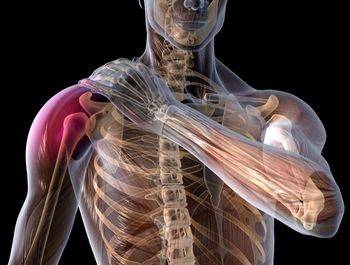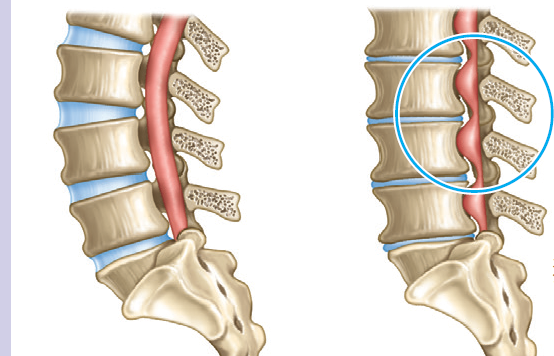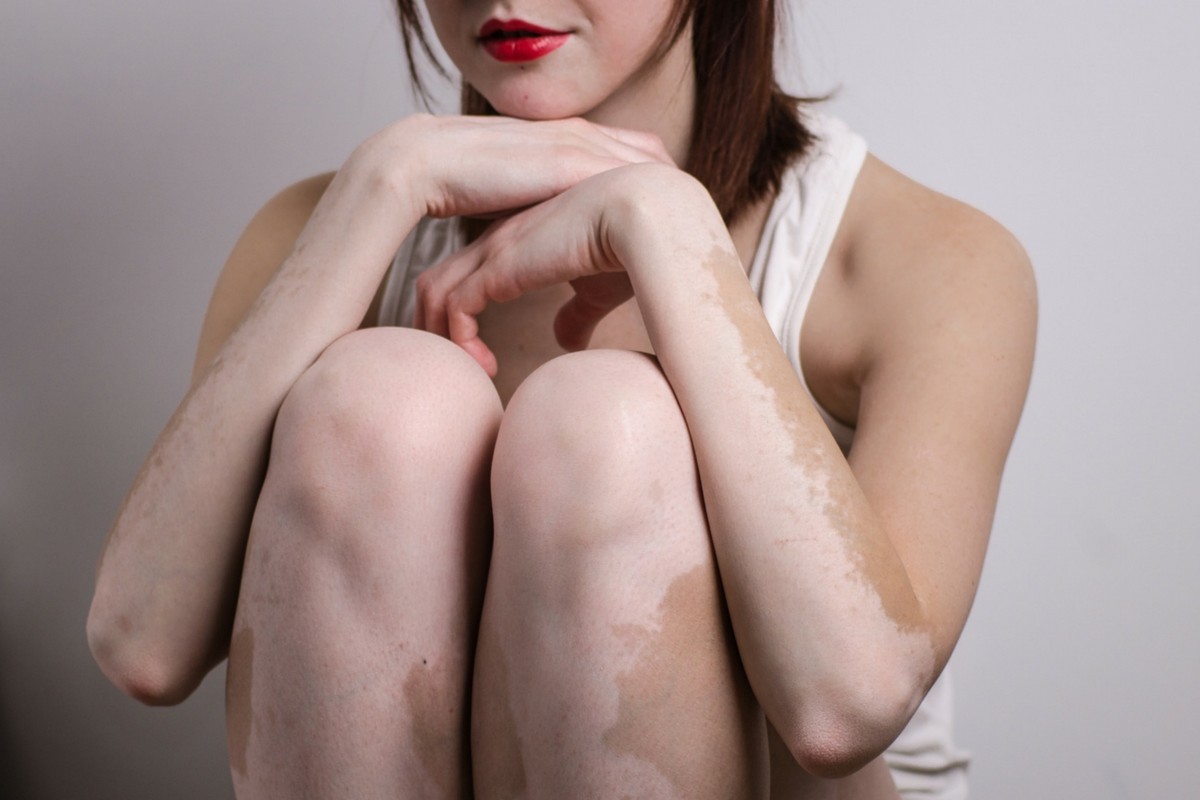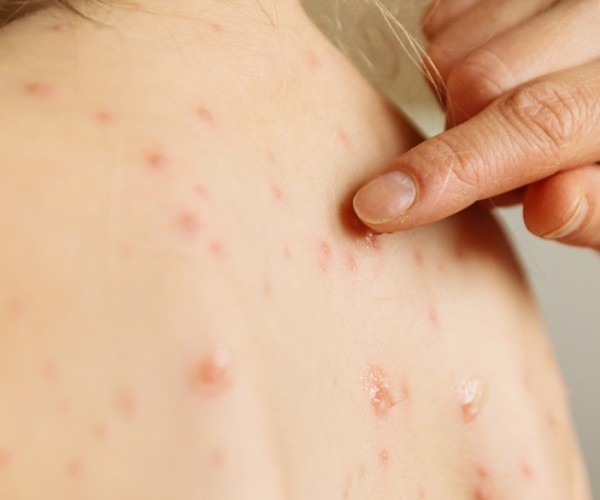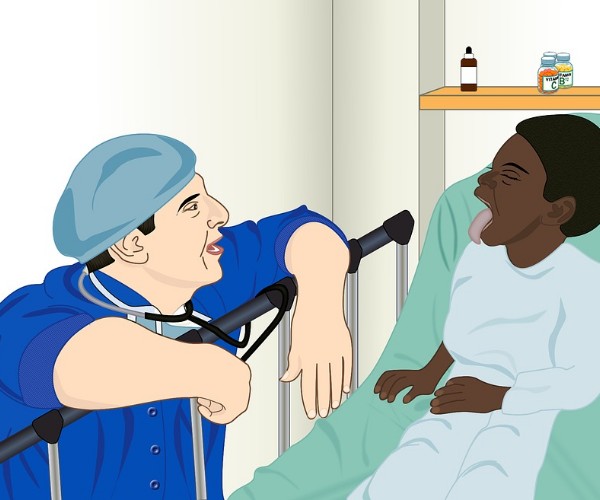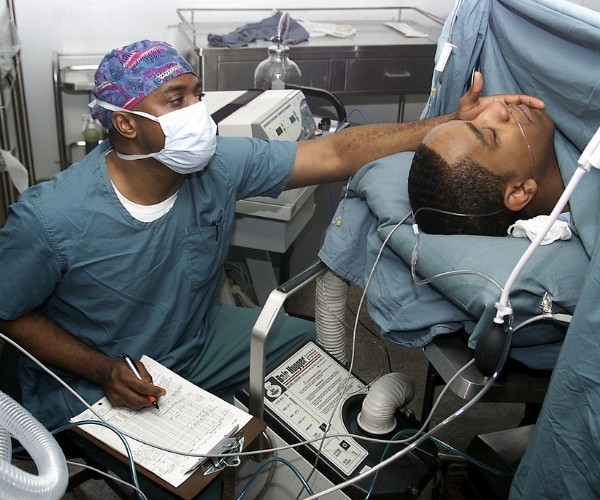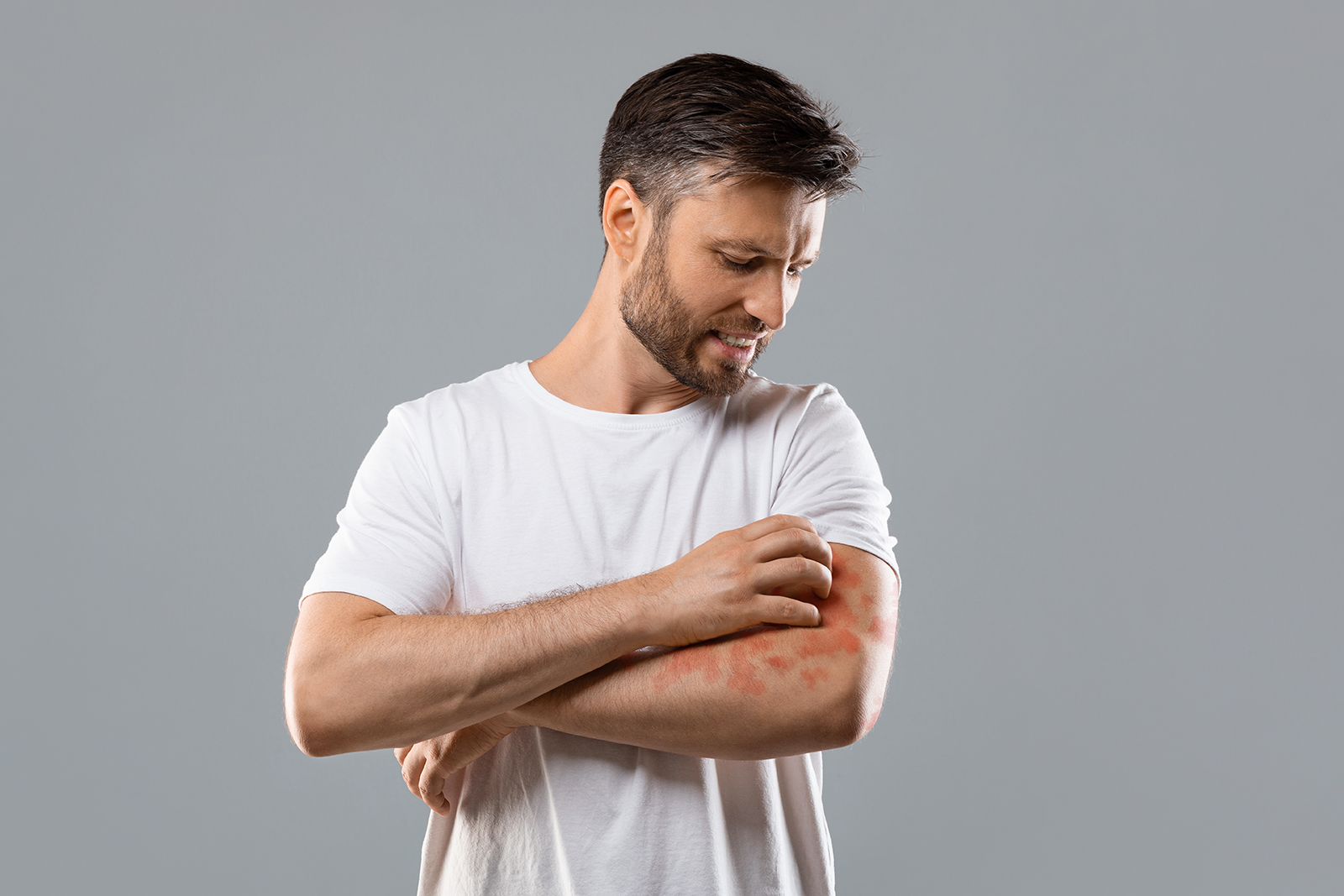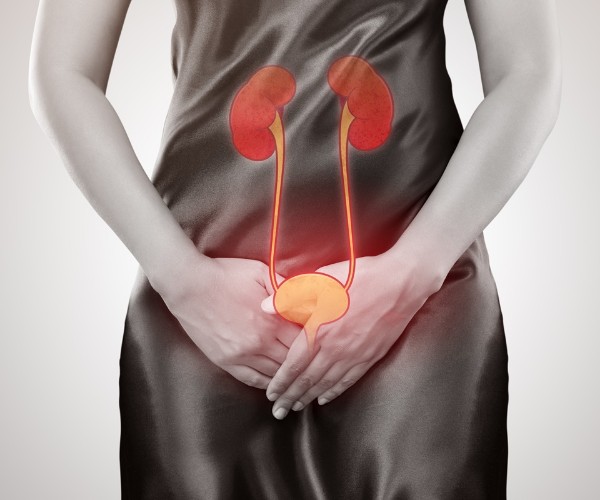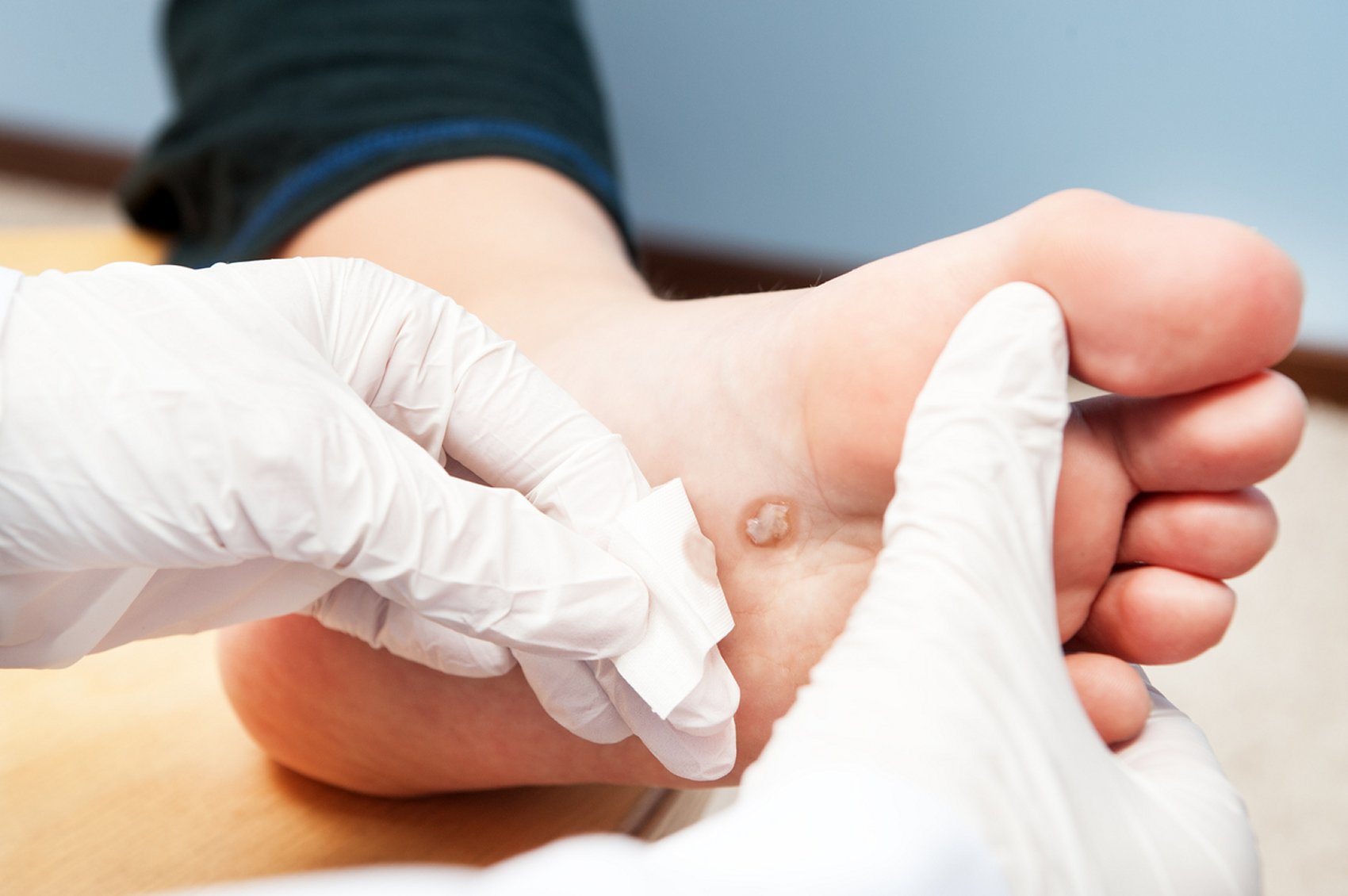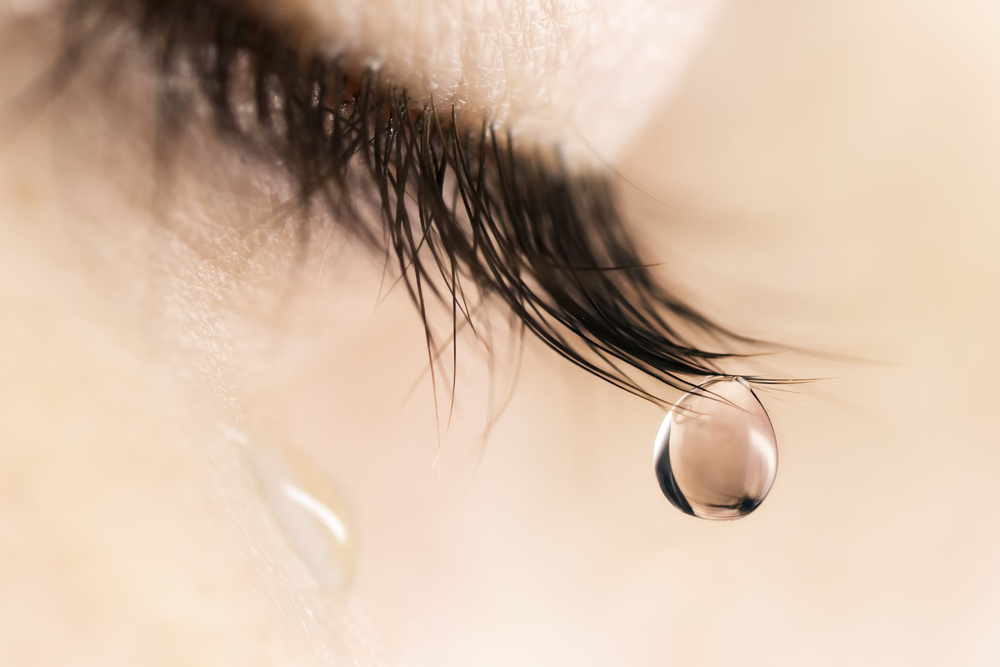melanoma is a malignant tumor that originates from melanocytes, cells that contain the pigment, called melanin, responsible for skin coloration. It can develop in the skin all over the body, but in rare cases it can arise in the mucous membranes, such as the mouth, genitals, and ocular conjunctiva. The incidence of this cancer continues to rise. It is one of the most frequent cancers, with an incidence ranging from 55 per 100,000 population in Australia to 0.4 per 100,000 in Japan. In Italy the incidence is about 6-13 cases per 100,000 subjects.
It is one of the major cancers that arises at a young age and currently in Italy constitutes the third most frequent cancer in both sexes under the age of 49 as more than 50% of melanoma cases are diagnosed by the age of 60, in contrast to other cancers that mainly affect the elderly population. The most affected site is the trunk in men and the lower limbs in women.
The risk factors
Risk factors for melanoma are divided into personal and environmental. As for the former, it plays a moto important role the family history in fact even though inheritance depends on multiple genes, patients with family members with melanoma have an increased risk of developing melanoma, just as it has been reported that individuals with melanoma have a ninefold increased risk of developing a second melanoma. An additional personal risk factor has been described in individuals with phototypes I and II (light eyes and hair, very fair skin), with numerous freckles and frequent sunburn.
As for environmental risks, on the other hand, the most important risk factor is certainly cumulative sun exposure, as well as exposure to artificial UV rays (tanning lamps). Other factors are:
- Intense and intermittent sun exposure
- Previous sunburns
- Exposure to artificial UV radiation, especially if aged <35 years old
Therapeutic strategies
Early stage melanoma is treated surgically. The dermatologist or surgeon will excise the suspicious lesion and, after histologic confirmation of melanoma, margin enlargement surgery will follow. The aim is to ensure a margin of healthy skin around the malignant lesion so as to reduce the risk of local recurrence.
In more advanced stages, however, the oncologist will take charge of the patient and discuss with him or her the treatment strategy to be adopted, most often chemotherapy, explaining any side effects. Chemotherapy is a systemic treatment, that is, it acts on any cancer cells that may be present. Treatment involves the administration of one or more anticancer drugs. Intake is either oral or intravenous, which enters the bloodstream carrying it throughout the body. Chemotherapy can be given in an outpatient setting, at your primary care physician’s office, or at home. This of course depends on the patient’s health condition and prescribed therapy. Chemotherapy is usually chosen as therapy when the melanoma has metastasized.





